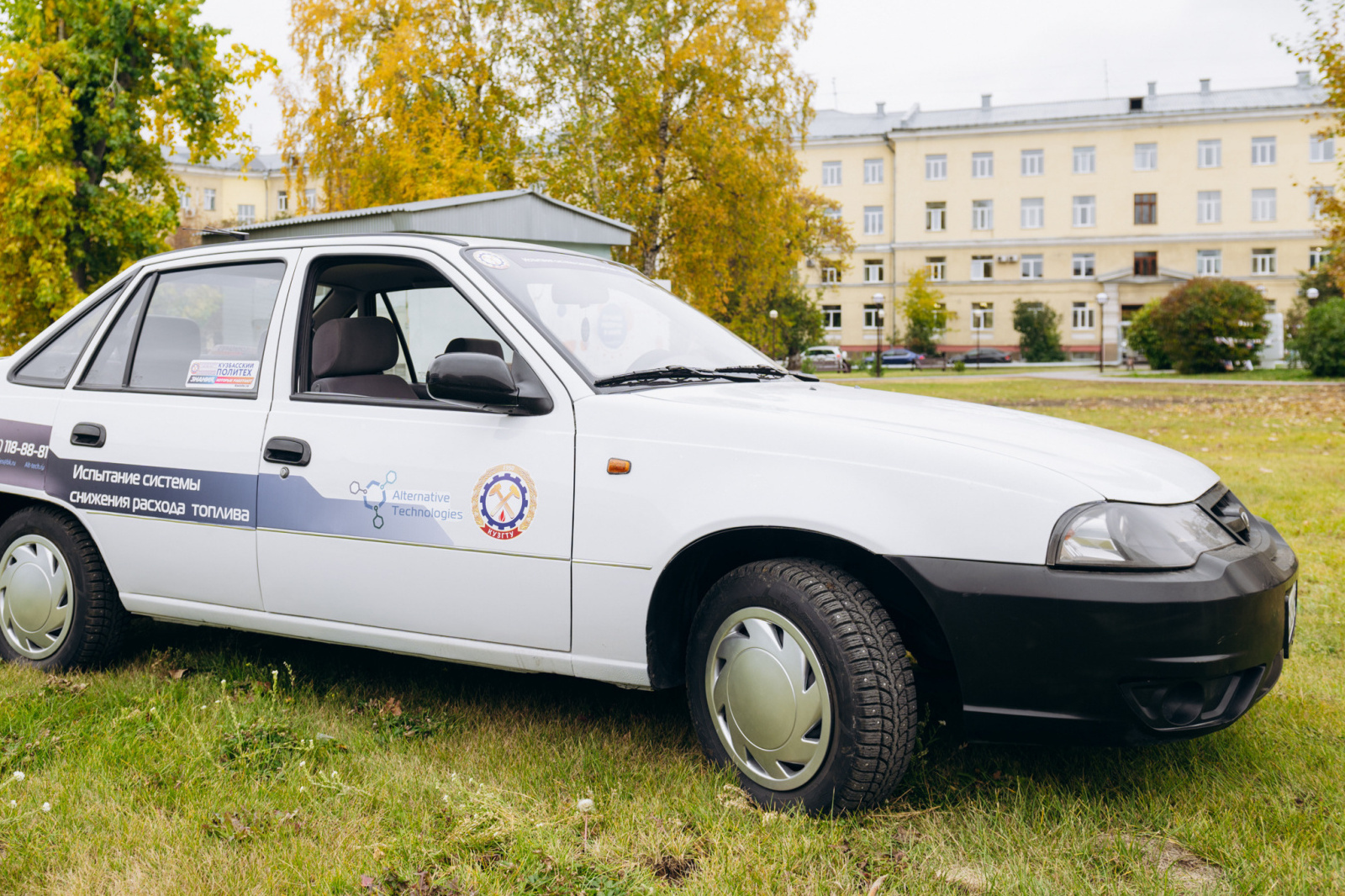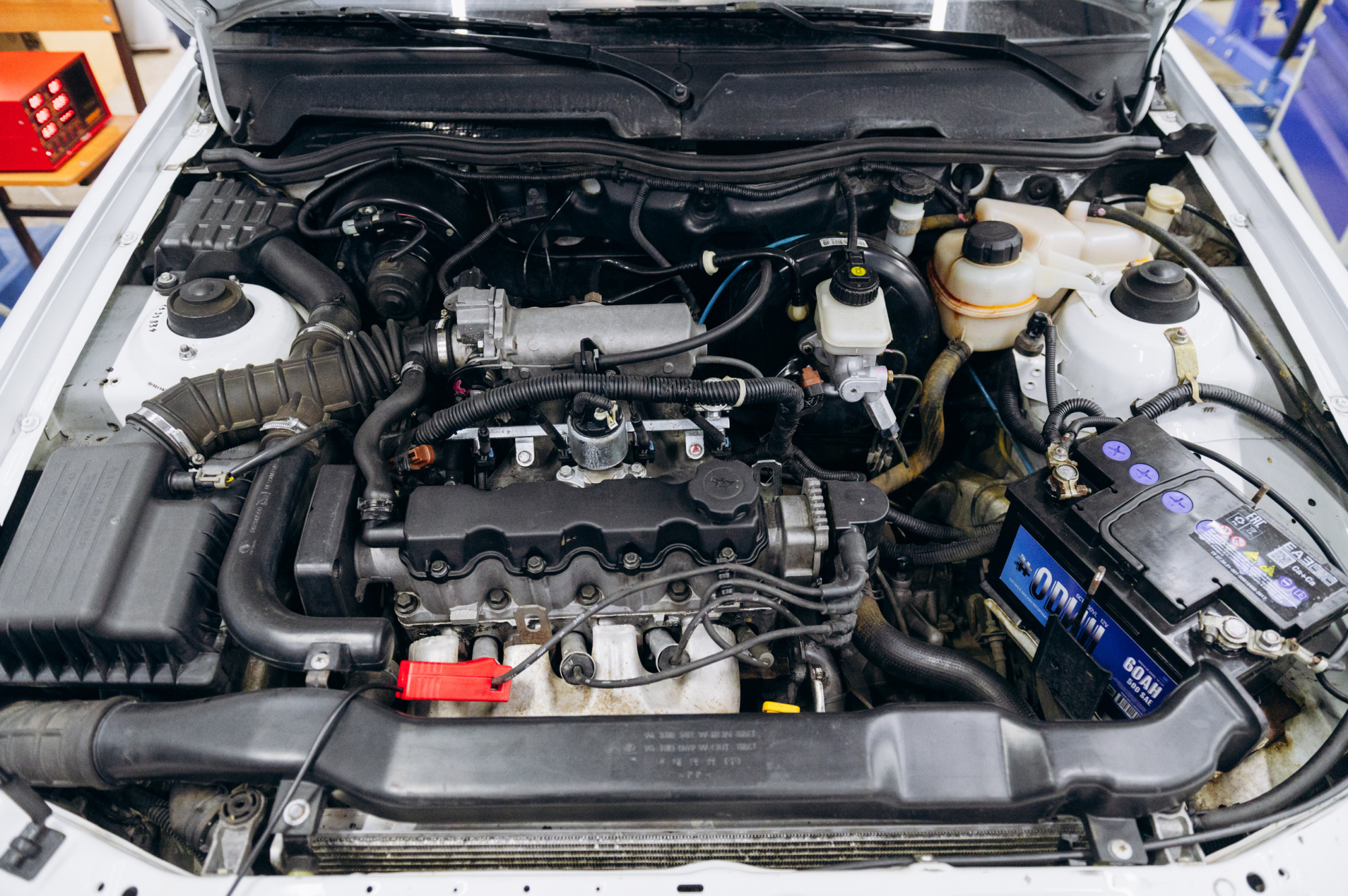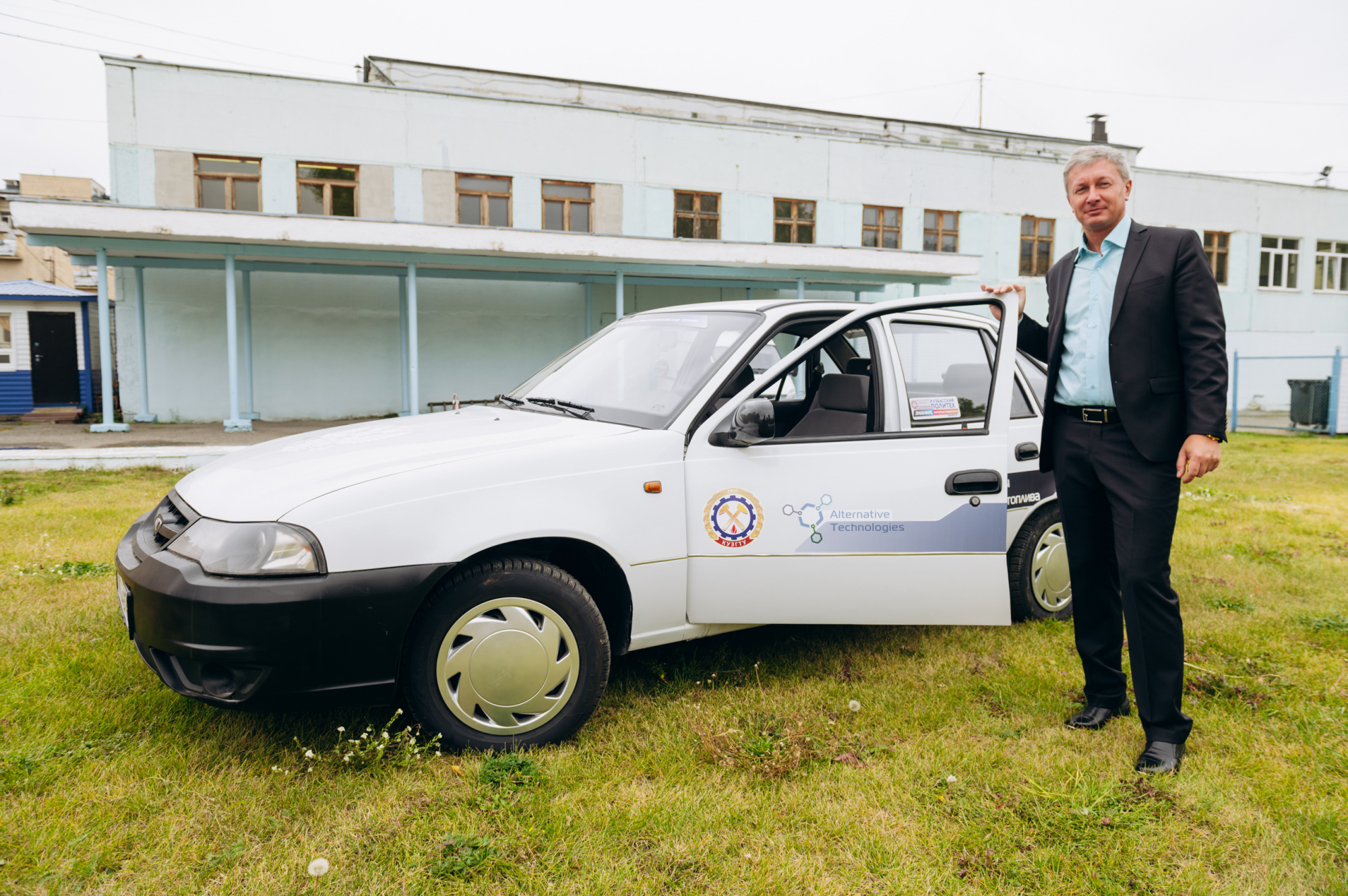
- Kuzbass
- University
- Education
- Science and Innovation
- Life at KuzSTU
- Kuzbass-300 Satellite

First, the scientists will observe the operation of the test car on a gasoline engine. It is planned to conduct races on different terrain with a mileage of 100 km / day for about half a year taking measurements every three days of CO emissions, СnHm, and NOx, compression in the engine cylinder, and fuel consumption. Also, with the help of the Motortester, the efficiency of the cylinder’s operation will be evaluated, and the microscopic video camera will record the combustion chamber of the engine - the condition of the valves, piston, cylinder head and the amount of carbon deposits.
Then, special equipment will be installed on the car, which will allow generating hydrogen within the car with its subsequent addition to the combustion chamber. The principle of using such a generator is that hydrogen serves as a catalyst for the main fuel. This is not a replacement for a gasoline engine, but its up-grading - the hydrogen generator is suitable for any fuel and for any category of transport, and the generator is powered directly from the car power supply system. By splitting water into oxygen and hydrogen right inside the car, the generator will transfer a charge of hydrogen through a pipeline to the engine's combustion chamber.
This technology has many advantages. When interacting with hydrogen, the fuel burns almost completely. In a gasoline engine, a spark ignites only part of the fuel, and the rest is burned in a domino pattern, leaving some of the fuel untouched due to lack of time. The combustion time of hydrogen is 10 times faster, so the flame spreads much faster and ensures complete combustion of the fuel. In general, hydrogen vehicles are environmentally friendly.
As Andrey Kudrevatykh, head of the department of vehicle operation at KuzSTU, said, “Developments on the generation of hydrogen in cars were carried out back in Soviet times at Moskvich 412. The KuzSTU experiment is an attempt to repeat that experience on a more modern car. The plan is to write articles for the Higher Attestation Commission based on the data obtained, and to develop a patent. In addition, we will involve students – and they will defend their final qualification works on the results of the experiment in front of our industrial partners”.

|

|